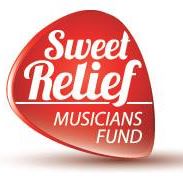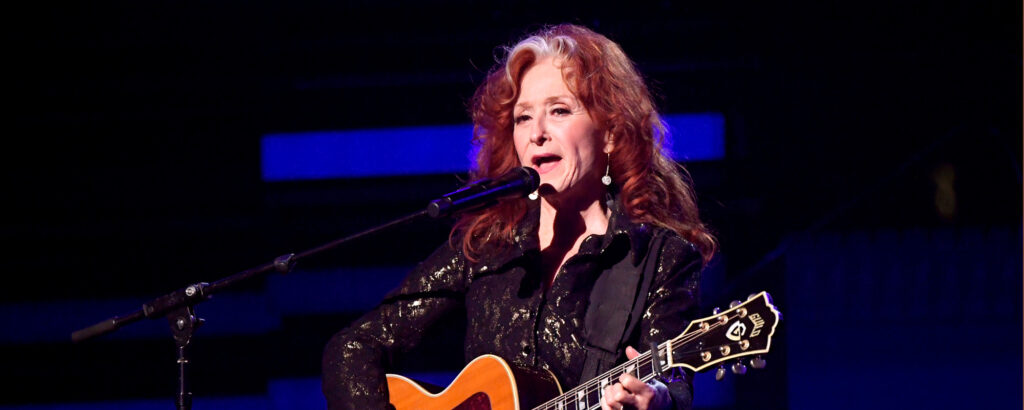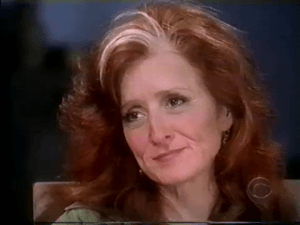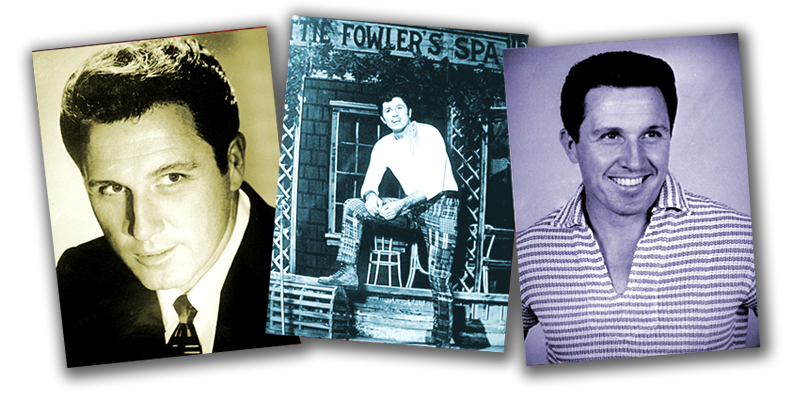
The low down sounds of Bonnie Raitt’s blues and the sophisticated “grease” rock of Bruce Springsteen and his E St. Band, carried on till the wee hours Friday morning.
If the crowd who packed the Harvard Sq. Theater for the Cambridge Blues Queen’s second show had its way, we all would have stayed for breakfast.
At 2:40 a.m. the square wore the effects of a “Blitzkrieg” launched by two thousand weary fans, who shuffled into the morning drizzle like fatigued troops who’d just taken an enemy stronghold.
Four hours earlier a primed regiment waited at the stage entrance where the doorkeeper became the most important person in Cambridge. The pleas began.
“Hey, man, did this dude with shoulder-length hair just go in. I gotta know, man, cuz like he said it was cool for the gig, ya know? I mean like I know Clarence and Springsteen’s cool, too, man.”
And the keeper’s reply never faltered. “Look . . ., don’t keep pounding these doors, because nobody gets in till 10. Nobody!”
Bruce Springsteen, introduced as “the man from Asbury Park,” opened the marathon show with a two-hour opening set.
He began with his musical credo “The E Street Shuffle.” It’s a vivid tale of streetcorner life, complete with gangs, cruising, drinking, fighting, loving and over-all survival.
Springsteen is not a narrator of what he sings, he is a character. His lengthy, Dylanesque numbers become a philosophy of a “greaser” life-style. Their complex, often incoherent images, go way beyond the simple woes told in a “fast rocker.” It works because the orchestration is so good.
Clarence Clemons, a superb tenor sax man, helps fashion numbers like “Jenny’s Back in Town,” “Born to Run,” and “Jackie,” with a lovely jazz bent, or when the talents of Danny Federici, Garry Tallent and David Sancious, merge on “Jenny” it takes on the dimensions of a show tune.
The image fits, for the short, lean figure in the black T shirt and corduroys, white Panama hat and electric guitar looks like a plugged in Sky Masterson. He’s greased , but he’s polished. His voice is raw and gravely enough to be convincing, but his guitar and his music is zestfully imaginative.
tip: most convenient way to listen while browsing along is to use the popup button of the player.
Bonnie Raitt – guitar, vocals
Freebo – bass
John Hall (Orleans) – guitar
John Payne – sax
Bill Payne (Little Feat) – piano
Dennis Whitted – drums
Taping Gear: Sony TC-55 with built in condenser mic and auto level control
JEMS 2013 transfer: SH master cassettes > Nakamichi CR-7A > Sound Devices USBPre2 > Peak 6.0 with iZotope Ozone > .wav (24/96) > resample via iZotope MBIT+ to .wav (16/44) > xACT to FLAC
Thanks yet again to Steve Hopkins for allowing JEMS to present his outstanding audience recordings in a fresh light.
BK for JEMS
This recording contains every minute Steve Hopkins recorded that fateful night in Cambridge. Bonnie performed a 10 PM late show as well, but there are no known recordings of that set, because, as Hopkins notes below, he was unsuccessful getting back into the venue.
As Hopkins’ himself wrote in his original post of the show: “This is a new transfer of a recording that has been in circulation for many years. I got in early with a friend who had a press pass. It was a general admission show and the first few rows were roped off for the press, so I sat down front and center and stayed there for the entire early show. Unfortunately, they cleared the house after the early show, and as the crowd was lined up around the block for the late show, I was unable to get back in.
This is the first time Steve’s master tapes have been digitized directly. Hopkins points out a “loud electrical buzz emanating from the stage throughout the show, mostly noticeable during quieter segments.” It is worse in Bonnie’s set than Bruce’s, and you can tune it out, but it is annoying at times.
What’s also gone under appreciated is the wonderful, talkative performance Raitt turns in this night. In hindsight, the Harvard Square Theatre show feels like a major Bruce Springsteen moment, but Raitt was the headliner and her star was rising faster than Bruce’s at the time. Here’s she’s touring in support of her third album, Takin’ My Time, released the previous October. The set is laden with wonderful covers of songs penned by Randy Newman, Jackson Browne, Mississippi Fred McDowell, Chris Smither and Mose Allison to name a few.
But even Bonnie recognized something special had occured. Before her first song she says of Springsteen, “He’s got the most incredible band and he’s one of the most amazing people I’ve ever heard. I just had to say that. He’s a real hard act to follow.”
Etree.org
When Bonnie Raitt came out the crowd was loose and ready to be lulled by her blues.
The lusty, bawdy redhead sat down, two cans of beer on an adjoining chair, fixed the large electric guitar across her lap and let out with “Love Me Like a Man.”
Blues is relative to the artist. It can be soulful, raucous or despairing, but it has to be felt. Bonnie Raitt can tear at your insides without leaving her seat. Her voice carries a range of personalities, from the plain rauchiness of Aretha Franklin’s “Baby, I Love You,” the quiet desperation of Eric Kaz’s “Love Has No Pride,” and a lilting tenderness of Jackson Browne’s “I Thought I Was a Child.”
When she draws back from the microphone to pick away at the guitar, her face seemed tired and worn. There’s a toughness about her when she wails out with “Give It Up or Let Me Go.” Yet when she ran her hands through her long red hair and threw it over her shoulder, there was sorrow in the face that filtered through her own song, “Nothing Seems to Matter.”
She was joined on stage by people who knew the message Bonnie Raitt was sending out. John Hall, a strong lead guitar, John Payne kicked in a searing clarinet on “You Got to Know How,” and Freebo on bass, put his foghorn vocal backing on her classic version of Stephen Stills’ “Bluebird.”
Her days in Cambridge are behind her now. She lives in Los Angeles, but the dawn-breakers let her know she was misled.







 Visitors Today : 12
Visitors Today : 12 Now Online : 3
Now Online : 3



































































































